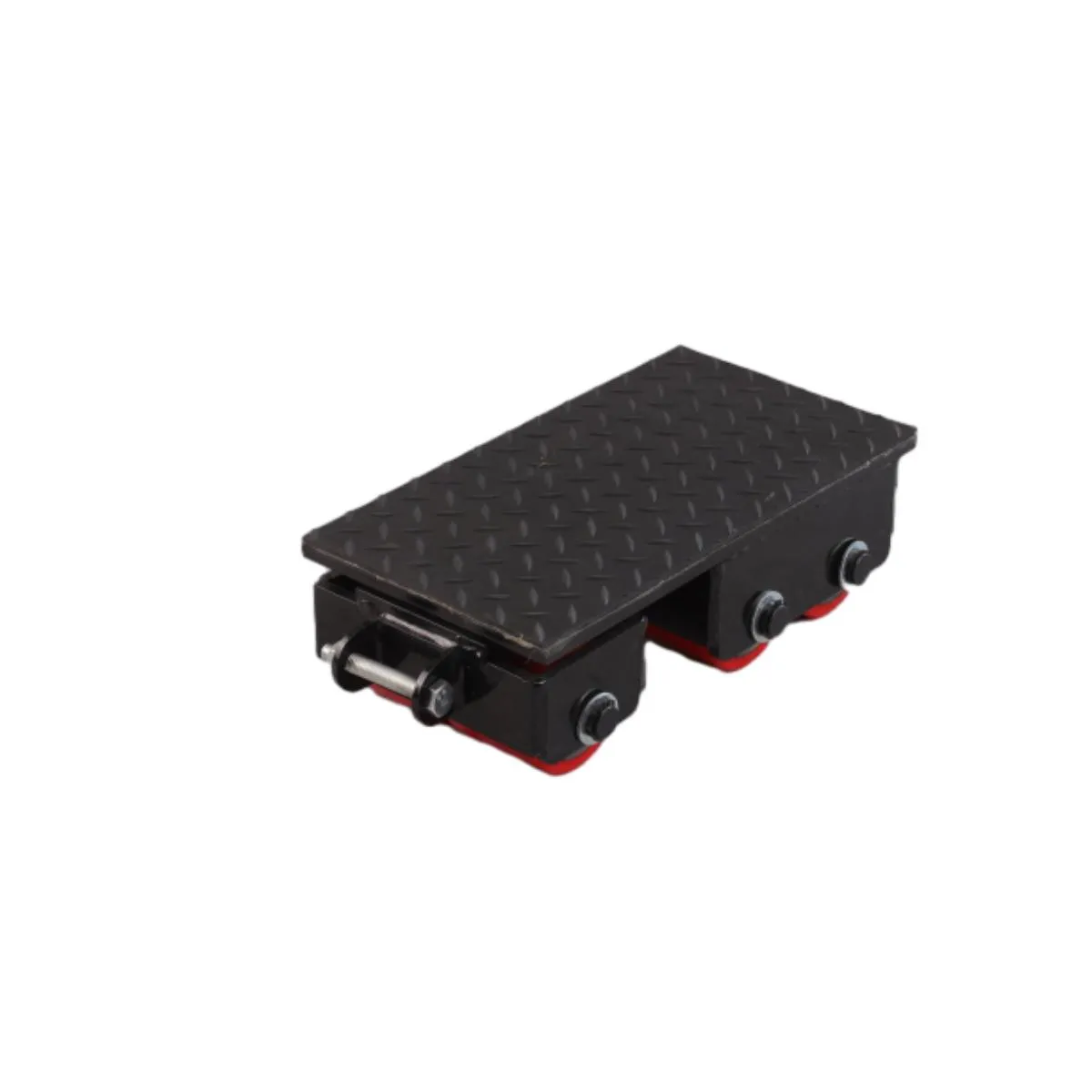Advantages and Applications of Double Girder Bridge Cranes in Industrial Settings
Understanding Double Girder Bridge Cranes A Comprehensive Overview
Double girder bridge cranes are integral components in various industrial settings, providing efficient and reliable solutions for material handling. These cranes are typically used in manufacturing, shipping yards, and warehouses, where heavy lifting and precise load movements are essential. This article will delve into the construction, functionality, advantages, applications, and maintenance of double girder bridge cranes.
Construction
At the core of a double girder bridge crane are its two parallel beams (girders) that run along the length of the structure. These girders provide superior strength and stability compared to their single girder counterparts. They are usually made from high-quality steel, which ensures durability and the capability to withstand heavy loads. The bridge spans between two runway beams mounted on columns or walls, allowing for the crane to traverse over the designated area.
The hoisting mechanism is typically located between the girders, making it more compact and enabling it to lift heavier loads without compromising the crane’s overall height. This configuration not only maximizes the hook height but also minimizes the risk of interference with overhead structures.
Functionality
Double girder bridge cranes function through a series of coordinated movements that include lifting, lowering, and horizontal traversal. The hoist mechanism is driven by an electric motor, which can be equipped with a variable frequency drive (VFD) for enhanced control over speed and load handling.
The crane operates along a set of tracks and is controlled through a pendant or remote control system, providing the operator with the flexibility to maneuver the crane from a safe distance. Additionally, modern double girder cranes can be integrated with advanced technology, such as sensors and automated systems, enhancing their operational efficiency and safety.
Advantages
One of the primary benefits of double girder bridge cranes is their superior lifting capacity. Because they are designed with two girders, they can handle heavier loads than single girder cranes, making them ideal for applications that involve transporting large or cumbersome materials. This makes double girder cranes particularly popular in heavy industries like steel manufacturing and construction.
Another significant advantage is their durability and longevity. The robust design and high-quality materials ensure that double girder cranes can withstand the rigors of daily use without frequent failures or the need for extensive repairs. Moreover, their design allows for easier maintenance access to key components, which can prolong their lifespan even further.
double girder bridge crane

Applications
Double girder bridge cranes are versatile and can be used in various applications across multiple industries. Common applications include
1. Steel Mills These cranes are used for lifting and transporting heavy steel slabs and coils, where precision and strength are critical. 2. Manufacturing Plants They facilitate the movement of heavy machinery, assembly parts, and components throughout the manufacturing process.
3. Warehouse Operations For warehouses with high ceilings, double girder cranes are essential in maximizing vertical efficiency while allowing for quick and safe movement of goods.
4. Shipyards In shipbuilding and repair, these cranes help lift large sections of ships and equipment, significantly improving operational efficiency.
5. Construction Sites They are used for lifting heavy construction materials, ensuring that operations can be conducted smoothly and safely.
Maintenance
Regular maintenance is crucial for ensuring the reliability and longevity of double girder bridge cranes. Routine inspections must be carried out to check for wear and tear on the components, such as the hoisting mechanism, wheels, and electrical systems. Proper lubrication of moving parts is also necessary to minimize friction and wear.
Additionally, operators should be trained to recognize signs of potential issues, ensuring that problems are addressed promptly before they escalate into more significant repairs. This proactive approach to maintenance not only enhances safety but also improves the overall efficiency of operations.
Conclusion
Double girder bridge cranes are vital to modern industrial operations, offering unparalleled strength, versatility, and efficiency. Understanding their construction, functionality, advantages, applications, and maintenance can help businesses maximize their investment in these powerful tools. As industries continue to evolve, double girder bridge cranes will undoubtedly remain essential in facilitating material handling across various sectors.
-
Unlock Seamless Relocation with Our Heavy Equipment Moving ExpertiseNewsJun.06,2025
-
Unleash Unrivaled Flexibility with Our Adjustable Gantry CraneNewsJun.06,2025
-
Unleash Heavy-Duty Efficiency with Our Industrial Gantry Crane SolutionsNewsJun.06,2025
-
Revolutionize Steel Handling with Our Magnetic Lifter RangeNewsJun.06,2025
-
Master Equipment Mobility with Premium Machinery Mover SolutionsNewsJun.06,2025
-
Elevate Your Material Handling with Magnetic Lifter TechnologyNewsJun.06,2025
-
YS Permanent Lifting Magnets: The Smarter Way to Handle SteelNewsMay.22,2025
